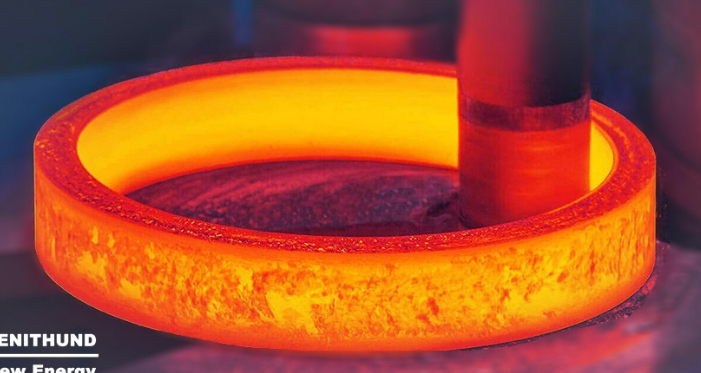Understanding the capabilities and limitations of ball bearings is crucial in various industrial applications. One question often surfaces regarding these components: can they support axial loads? This inquiry is significant, especially in relation to high-performance bearings like those produced by rotek bearing, a prominent manufacturer known for its quality and innovation in the field.
Axial loads refer to the force exerted along the axis of a bearing, and handling this type of load is a fundamental consideration in bearing selection. Ball bearings, with their spherical-shaped balls enclosed between two concentric rings, are designed primarily to withstand radial loads, which are perpendicular to the axis of rotation. However, their ability to support axial loads is not out of the question but does come with certain stipulations.
For a standard ball bearing, axial load support is often limited. The reason lies in its design geometry and contact angles. When axial forces are applied, there's an increased risk of extra pressure and friction, potentially compromising the bearing's operational efficiency and lifespan. Therefore, while these bearings can accommodate these loads, they are not particularly optimized for high axial load scenarios.

However, this is where specific types of ball bearings come into play. Thrust ball bearings, a specialized category often available through suppliers like rotek bearing, are explicitly designed to manage high axial loads while minimizing friction. These bearings use asymmetrical rollers and have a way of managing the thrust force more effectively. They are the preferred choice in situations where the axial load predominates.
Moreover, angular contact ball bearings, another variant, can support combined loads, handling both radial and significant axial forces concurrently. The secret is in the contact angle that shifts the bearing's raceway grooves, effectively supporting and distributing the axial load. These adjustments in design specifications significantly enhance the axial load capacity, making these bearings more suitable for applications involving such forces.
In understanding the axial load capabilities of ball bearings, recognizing the specific bearing type and its design is paramount. While standard ball bearings offer limited axial support, specialized versions are available for scenarios requiring enhanced axial load capacity. Manufacturers like rotek bearing continue to innovate in this realm, ensuring industries have access to bearings that meet a diverse range of operational demands. Through careful selection based on load requirements, optimal performance and longevity in application are achievable.
